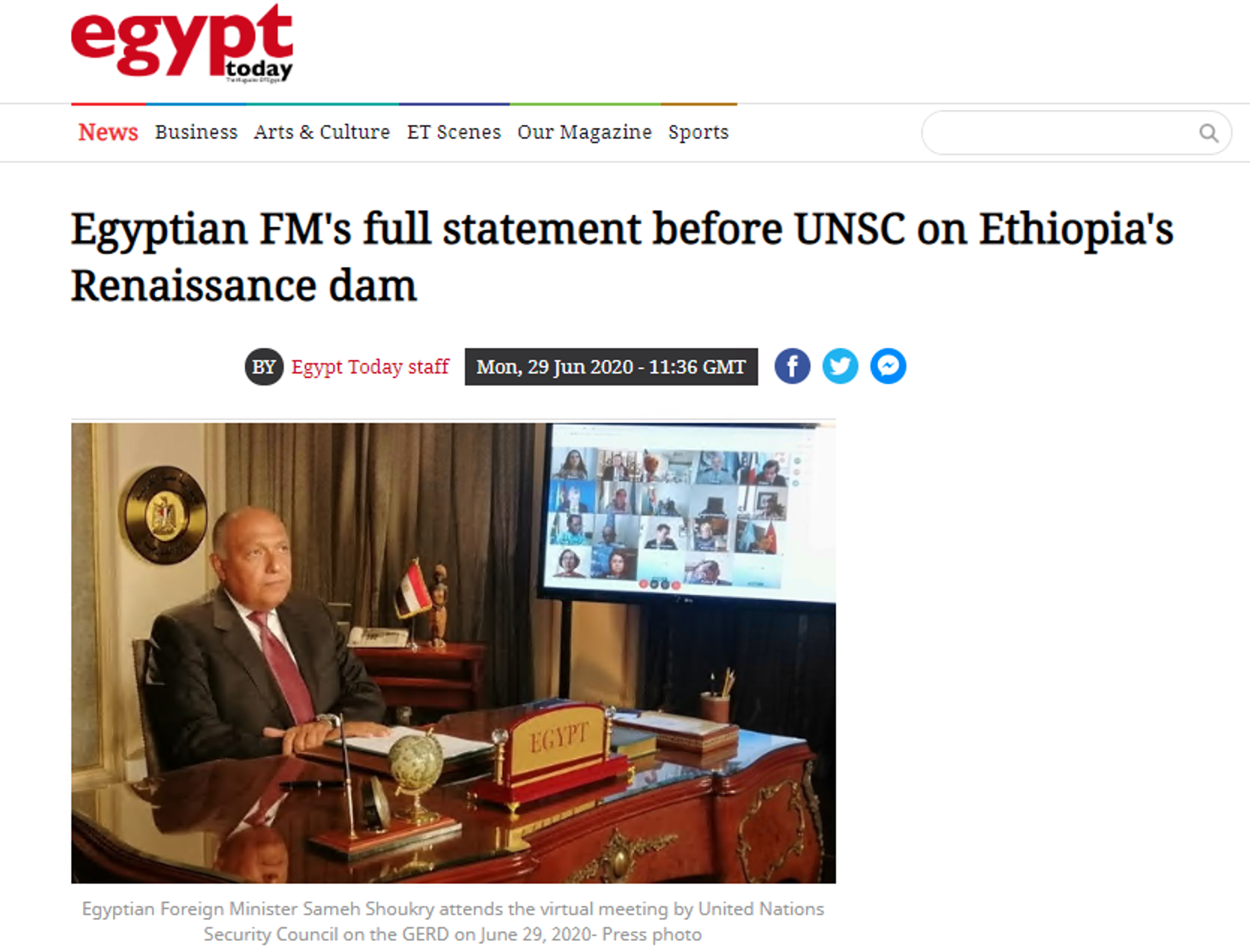(1964) USBR Study
USBR Study for potential dams in Ethiopia
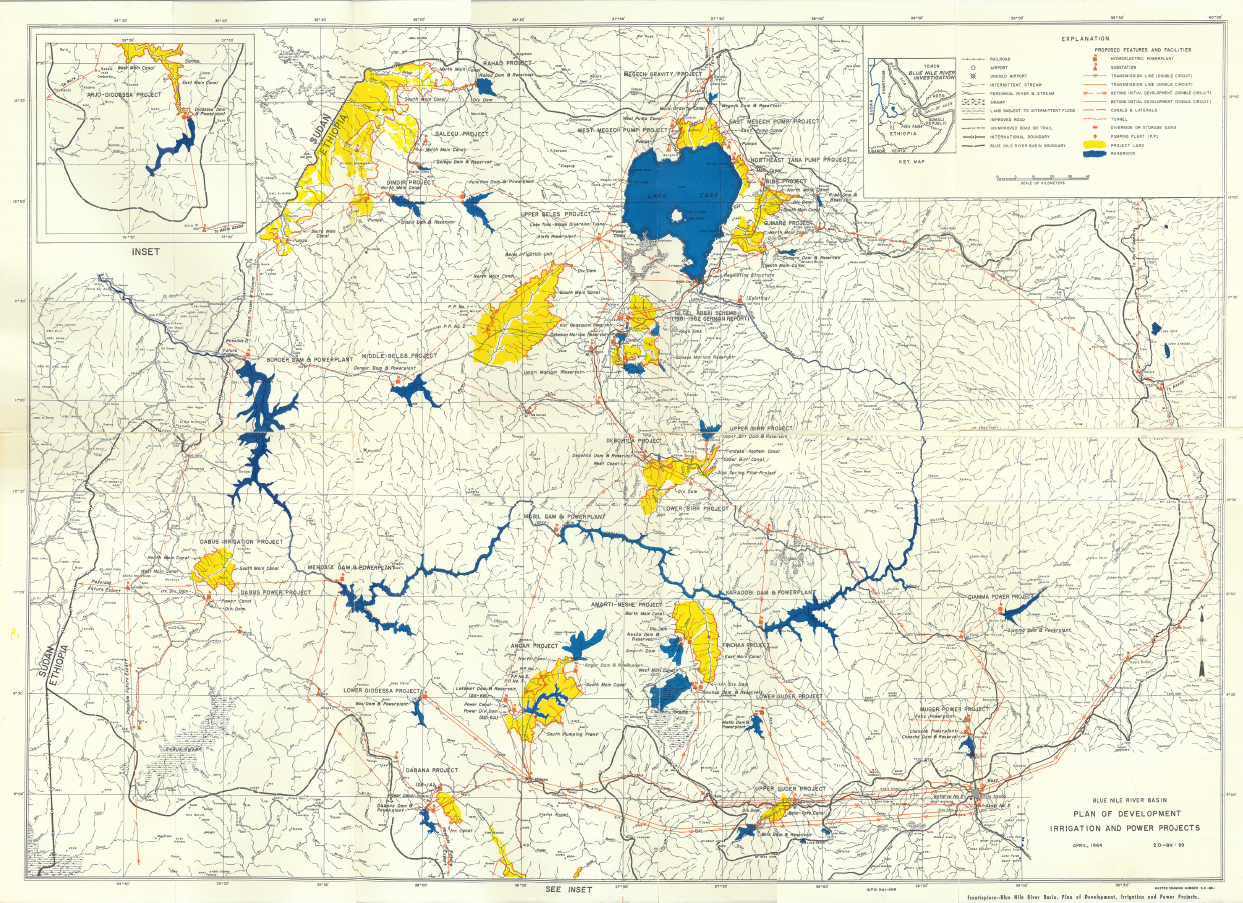
Management of lakes and reservoirs is becoming increasingly important with growing global population, increasing water demands, and climate variability impacts. However, sustainable management of reservoirs is currently a major challenge in developing regions of the world with limited hydrologic data to monitor the reservoir operations. These challenges become even more problematic in transboundary rivers (as in the case of the Nile River) where hydro-political barriers hinder hydrologic data exchange and sharing. The introduction of satellite remote sensing provides a great opportunity to monitor reservoir dynamics through imagery from various free available satellite sensors such as Landsat and MODIS sensors. The MRO tool uses satellite observations to assess the reservoir operation in the Nile River Basin. This satellite-based framework comprises two main components: 1) a macroscale hydrological model (using the Variable Infiltration Capacity -VIC model); and 2) a satellite-based water balance model to understand the reservoir operation.
The High Aswan Dam (HAD) is an embankment dam built across the Main Nile in Aswan, Egypt between 1960 and 1970 to provide long-term protection against drought and flood. HAD regulates the inflow primarily to meet the downstream water supply for irrigation demands in Nile Delta and along the Nile Valley, where 96% of Egypt’s population is located. The HAD also serves hydropower generation, and water supply for industries and municipalities. The HAD reservoir, Lake Nasser, was formed after the construction of the HAD in 1971 and reached an operating level (147 m above mean sea level-AMSL) in 1976. The operation rules of Lake Nasser reservoir are designed to ensuring adequate water supply and safety of the HAD. The HAD reservoir has a total storage of 162 km3 with minimum and maximum operating levels of 147 m and 182 m AMSL, respectively. At the beginning of the water year (1st of August), the water level is kept at 175 m AMSL (Full Supply Level) to store incoming high flows (Moussa 2018). The storage increases gradually in the summer and, subsequently, the reservoir levels decrease from January to July as water is released. The HAD is equipped with six pairs of turbines, each having a capacity of 175 MW, and the power station has total capacity of 2100 MW.

USBR Study for potential dams in Ethiopia

Ethiopian PM Meles Zenawi announced the launching of Millennium Hydropower plant in 2011
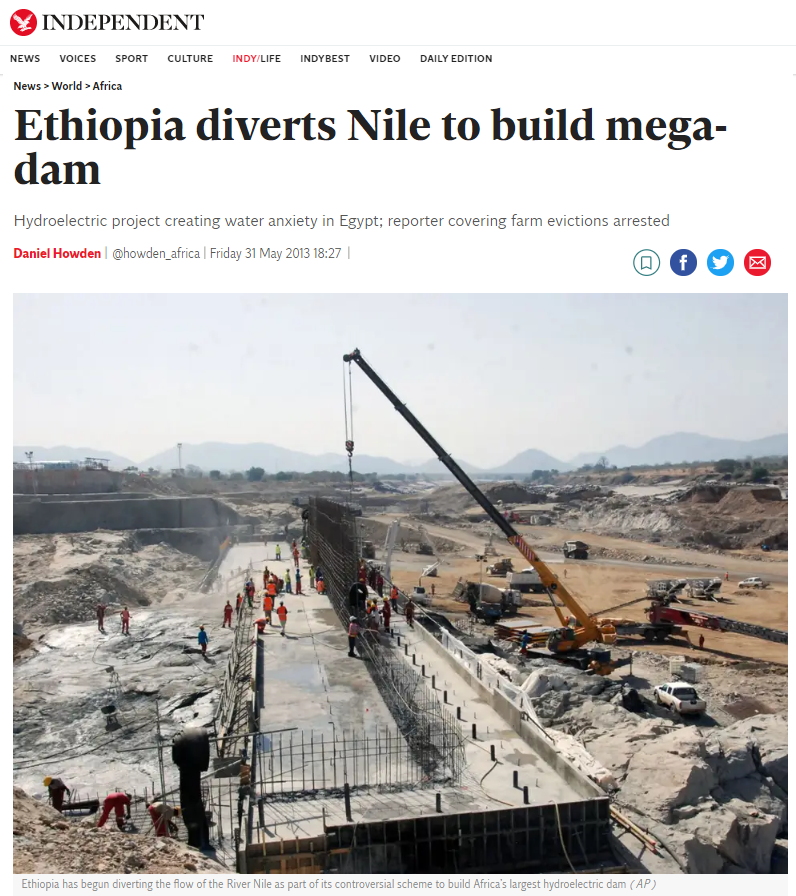
Egypt, Ethiopia, and Sudan agreed to perform technical studies
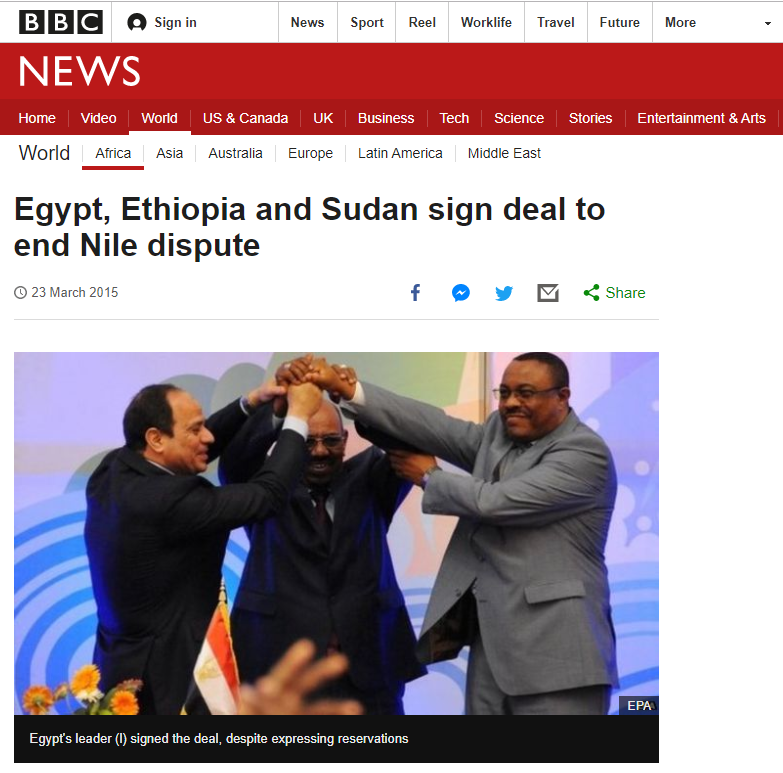
Negotiations failed regarding GERD Dam filling/operation
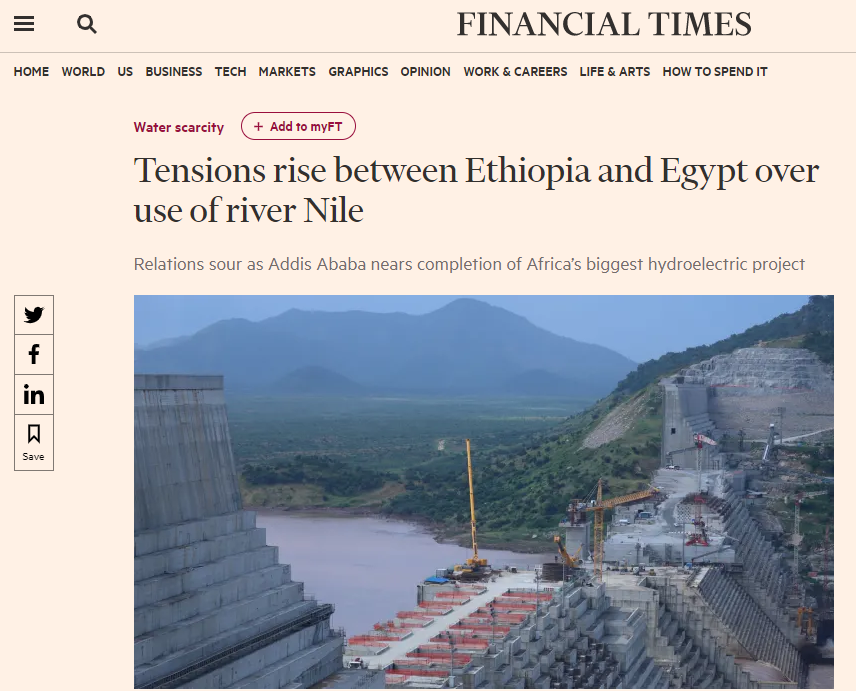
Egypt accepts US invitation for meeting over GERD dispute

United Nations Security Council meeting on the controversial Grand Ethiopian Renaissance Dam (GERD)
at a request from Egypt
